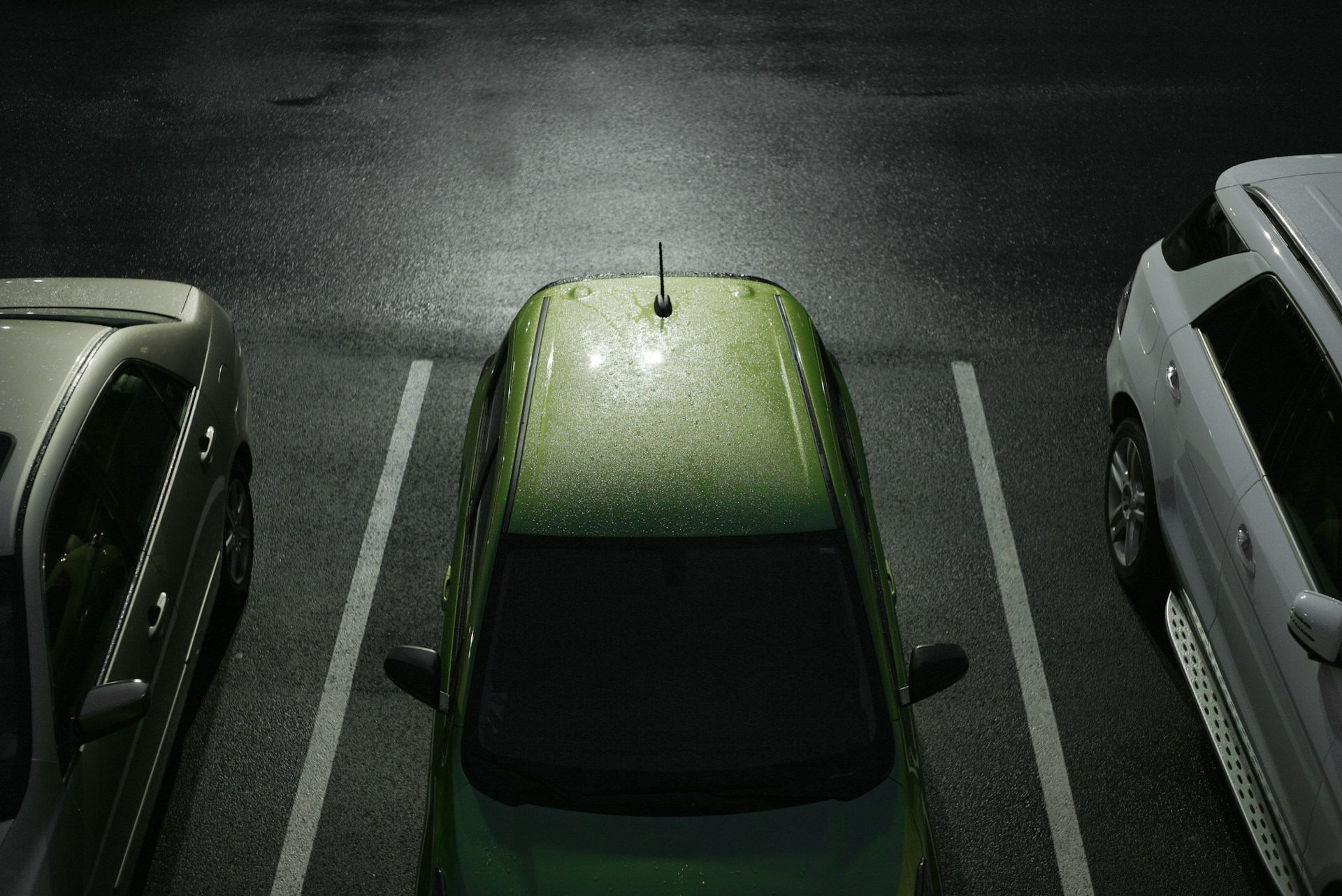
It’s time to scoot your vehicle into its long-term parking space before you go on your next big adventure. But surely, with a machine as complex as this, there must be steps to take before patting it on the trunk and heading off into the sunset? How does one prepare your car for long-term parking?
Right you are. While rolling into a parking spot shouldn’t take more than a few seconds, rolling out can take much longer if you don’t take the right preventative measures. Dead batteries and empty tanks are just a couple of the boondoggles that can result from making a rookie mistake.
Here’s how to prepare your car for long-term parking:
Prepare Your Car For Long-Term Parking: The Ultimate Guide
1. Make Sure You’re on F, not E
Can you imagine anything more gut-wrenching than dusting off your car after a long hiatus and coming face to face with an empty tank of gas? Before you put it in park, make a pitstop at the gas station for a top-up. And if you don’t know where that might be, GasBuddy is one of the best travel apps to show you where the closest fuel stop is and where you can find the best prices.
2. Keep the Battery Juiced
Even if your tank is full, a dead battery will have you going nowhere fast.
To prevent your car from slowly sapping its energy, you have two options. One is to unplug the negative battery cable entirely, though this may cause you to lose saved information like clock and radio presets.
Your other option is a trickle charger, which hooks your car battery up to a wall outlet and provides just enough power to keep it afloat.
3. Park Facing Outwards
If your parking space allows you to access both the front and back of your vehicle without issue, feel free to ignore this tip. But if one end of your vehicle will be placed against a wall, make sure it’s the trunk.
This setup ensures that if there are any issues at all once your key hits the ignition, you will have direct and easy access to what’s under the hood. Try solving a mechanical issue or jumping a battery when your car is sandwiched between two others with the front end against a wall – you’ll understand!
4. Hands off the parking brake
While it might seem counter-intuitive to not double down on securing your car in place, applying the parking brake might do more harm than good.
If the brake pads and rotors are pressed together for a long period of time, there is a risk that they will fuse. If you’re worried about a runaway car, consider a tire stopper instead.
5. Change Your Fluids
There are 1,001 things that can prevent your car from starting after a long sleep, and old fluids are one of them. Make sure to refresh your oil, transmission, coolant, and brake fluid to avoid damage from past-their-prime or corroded fluids!
6. Cover it up
A lot can happen to your car while it sits there, innocently, waiting for your return. A specialized cover can prevent dust buildup, dings from passing drivers, and other unsavory outcomes. A breathable cover will also help keep pesky moisture out.
—
If you’re parking long-term, getting the lowest possible rate for your space is a top priority. Visit OneStopParking.com to get the best price for your airport parking experience.
So now that you know how to prepare your car for long-term parking, and where to get the best rates, you are ready for hassle free travels!
